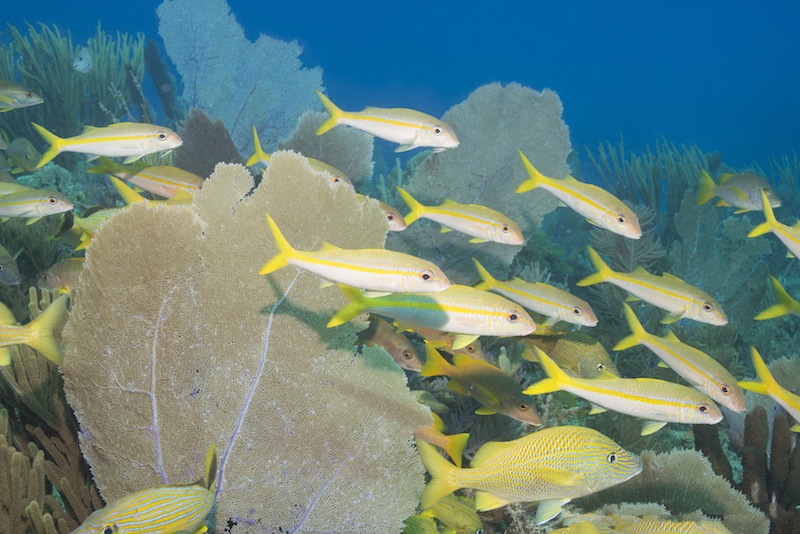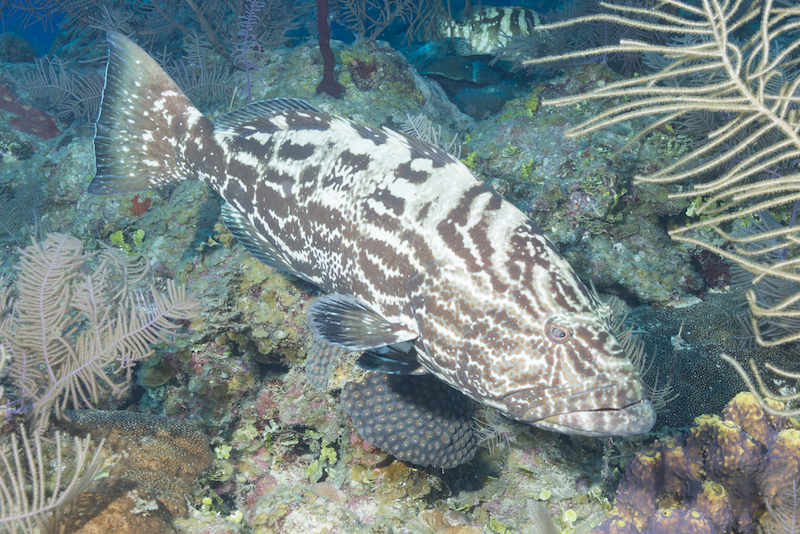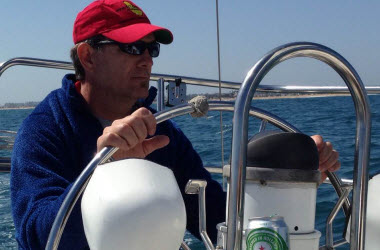July 19, 2016
While there may be a dark cloud around some of Christopher Columbus’ most notable discoveries, one thing for sure is that he recognized the natural beauty of Cuba’s southern coast when he named one of the country’s most sacred parks in honor of the Queen of Spain.

Jardines de la Reina is one of Cuba’s largest protected areas with a surface area of over 800 square miles. Within the confines of this marine protected area are some of the most prolific marine ecosystems in the Caribbean. Since 1996, Gardens of the Queen has been a no-take zone and the last 20 years have helped create a conservation test-bed demonstrating the true potential of a marine protected area.
In May of 2015, I had the privilege of leading 10 intrepid explorers on a dive expedition to this idyllic paradise. Having been to over a dozen other Caribbean island nations, I felt reasonably confident in the underwater world that I was about to experience. I soon learned that Cuba is anything but your typical Caribbean experience.  Reefs teeming with sea whips, rods, and other gorgonians, four hundred pound puppy-dog groupers, and more sharks than you can keep an eye on unequivocally showed me that Cuba had much to offer beneath the surface.
Reefs teeming with sea whips, rods, and other gorgonians, four hundred pound puppy-dog groupers, and more sharks than you can keep an eye on unequivocally showed me that Cuba had much to offer beneath the surface.
Seeing this thriving marine ecosystem, which is believed to have direct ties to fish populations in the Florida Keys, gave me tremendous confidence in the potential of MPA’s. There is an ongoing debate about the efficacy of such conservation efforts, and it is true that designating MPA’s without enforcement does little good, but it is clear to me that by understanding our impact on the ocean and creating enforceable conservation efforts, we can preserve our fragile marine ecosystems for generations to come.
While diving in the Gardens of the Queen was the drive behind our Cuban adventure, when you add an incredible culture and scenic countryside to boot, there is no question Cuba is an unforgettable Caribbean experience.




